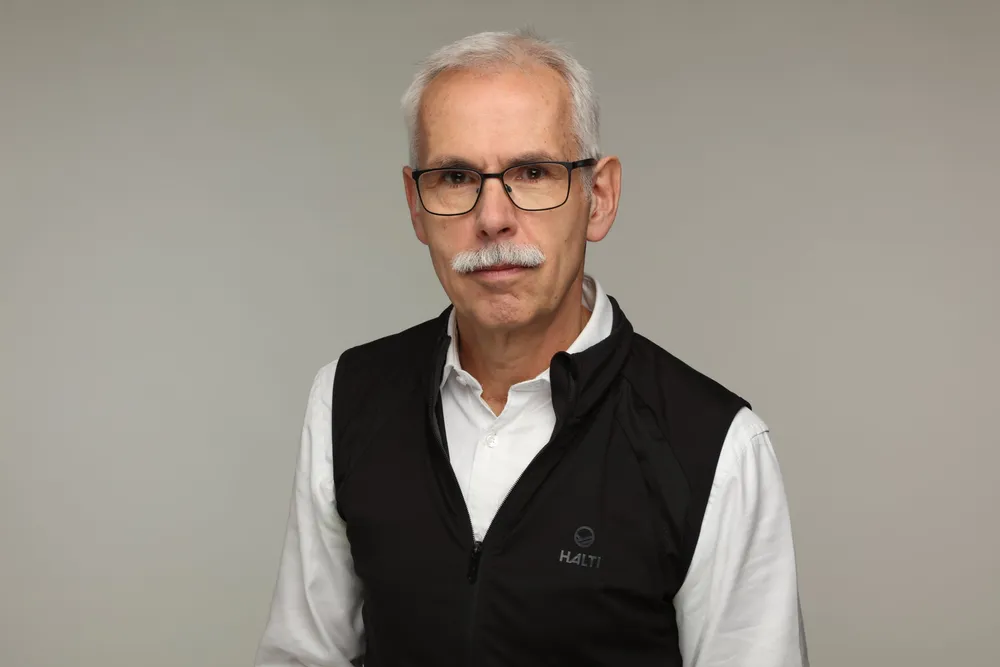'Brutal' offshore wind reset may be an opportunity in disguise
Veteran from early offshore wind projects in the UK and the Netherlands calls for a realistic rethink around three poles

The great offshore wind reset is in full swing and it's not a pretty sight.
Developers, markets, suppliers and targets, one after the other, are biting the dust. The demolition of the US market, with Orsted an unfortunate victim and GE Vernova losing any chance of a home market, may be the most conspicuous debris, but also in the European heartlands tenders are failing and targets are reset such as in the recent Dutch "reality check".
Fossil fuels are back in fashion. Whilst the northern hemisphere burns and the southern one floods, energy cost and security are increasingly replacing climate change concerns with voters who have waited long enough for the promised economic benefits to materialise.
As brutal as it may be, this reset is an opportunity in disguise.
An opportunity to step away from arbitrary targets — why is 2030 so special? — from visions that are never turned into delivery, from over-promising and under-delivering.
It is also an opportunity to recast offshore wind as an infrastructure technology that does what it says on the tin. Where supply chains gear up knowing that there will be demand for their product rather than face an interminable sequence of requests for quotation without any firm orders.
Change is needed in three areas: distillation, destination and designation.
First "distillation" to recognise that many projects will simply not make it to the final stages. The UK National Energy System Operator NESO faces a connection queue of over 700GW, ten times the total installed capacity, and that's across all technologies.
Is that credible? Zombie projects drain resources from statutory bodies, send confusing signals to supply chains, and slow down the market. Governments have much to answer for as many projects are the result of poorly designed tenders focused on paper gigawatts, rather than on the lowest overall cost of electricity to consumers and industry.
This problem is not unique to western Europe as seen in extensive seabed claims in several emerging markets that reward speculation rather than investment. This can delay serious developments for years.
Whilst markets will ultimately decide, regulators have a key role to play to ensure a fair and efficient process. The lead taken by NESO in reducing the size of the queue is a commendable example.
In Japan, faced with the harsh reality of changed market conditions, the decision by Mitsubishi to discontinue its Round 1 projects is a brave and sensible one. From the government side, the upholding of competition rules should strengthen international confidence in the Japanese market.
Here and elsewhere, it's time to distill more whisky from the mash.
Second is "destination". having a clear perspective on the desired destination and delivery pathways for getting there.
A stark example is set by floating wind power, where global ambitions stand over 250GW, hundreds of times more than the installed base. Given that there are no commercial scale floating platforms operating yet, there is a scaling up problem that needs to be crunched urgently.
The mass of floating projects in the UK, including the recent 3GW in the Celtic Sea, will drift away across the horizon in the absence of a clear navigation route for commercialisation of this technology.
With floating wind power representing one of the largest energy resources on the planet the rewards for finding this route are enormous. Unfortunately so are the costs. Concept selection, prototyping and real-life demonstration are still critical to solving this.
This calls for international collaboration, with expertise and capital from European, Asian and other players pooled to deliver proto-commercial solutions - after which the normal game of competition can start.
But if the technology never gets off the ground, competition will never happen, and the destination is never reached.
Finally, there is the seemingly intractable problem of "designation," whether Chinese wind turbines are safe to be connected to power grids. Never mind that China is the largest offshore wind market of all, geopolitics makes this a more difficult assessment than ever before.
On the assumption that any advanced manufacturer, Western or Eastern, can install surveillance technology, the relevant question is not whether there is such surveillance, but rather, what harm it might do.
The risk is defined not through its likelihood but through its impact, and it is there that mitigation strategies need to be found such as through systems architecture. With Chinese components omnipresent in equipment from electric vehicles to smartphones, any offshore wind specific risk needs to be seen in the full societal context.
Meanwhile, with only two Western offshore turbine manufacturers, neither particularly interested in floating wind, this is urgent for those markets pursuing floating technology.
The great offshore wind reset is in full swing, and for those able to navigate through the fog and confusion, there is no ugly sight. The rewards remain as attractive as ever.